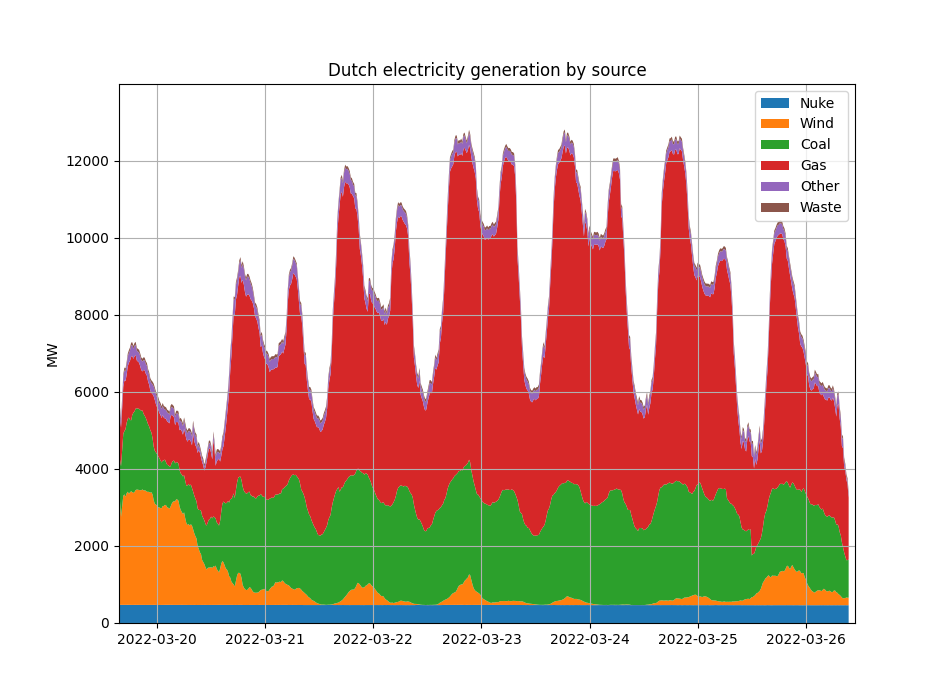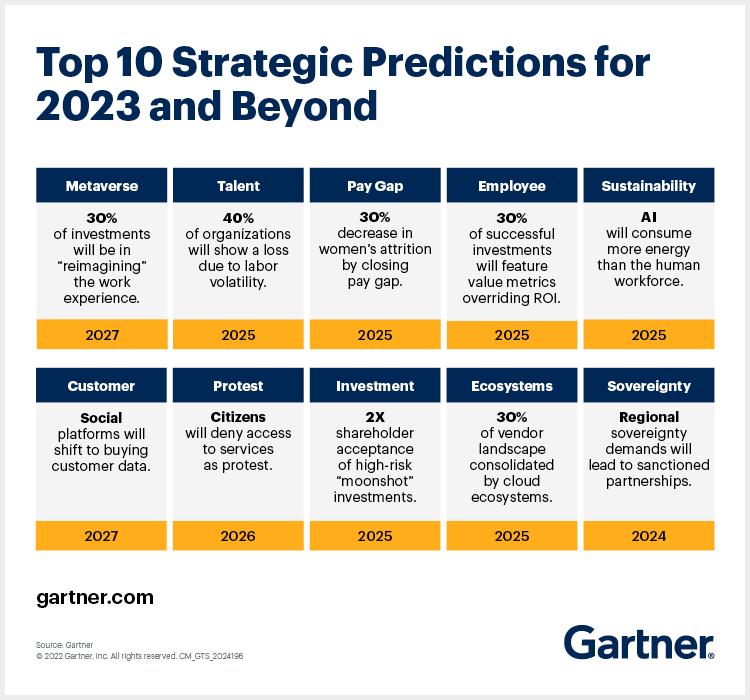Dutch Utilities Explore Dynamic Pricing Based On Solar Production

Table of Contents
The Rise of Solar Power in the Netherlands and its Impact on the Grid
The proliferation of solar panels across the Netherlands is reshaping the energy landscape. However, this increase in decentralized solar power generation introduces significant fluctuations in energy supply. Traditional fixed electricity pricing models, designed for a more stable, centrally-generated power supply, struggle to adapt to this variability. This leads to several challenges:
- Increased Solar Panel Installations: The Netherlands has seen a dramatic increase in solar panel installations in recent years, driven by government incentives and growing environmental awareness. This positive trend, however, creates a challenge for grid management.
- Fluctuating Energy Supply: Solar power generation is inherently intermittent, dependent on weather conditions. Peak solar production during sunny midday hours can lead to periods of surplus energy, while cloudy days result in reduced output.
- Grid Instability: These unpredictable fluctuations can cause instability in the energy grid, potentially leading to blackouts or other disruptions if not managed effectively. The existing grid infrastructure, largely built for a centralized generation model, isn't optimally suited for handling the variability of distributed solar power.
- Need for Grid Modernization: To accommodate the growing influx of solar energy, significant investments in grid modernization are necessary. This includes smart grid technologies, advanced metering infrastructure (AMI), and improved grid management systems. Dynamic pricing is a key component of this modernization strategy.
How Dynamic Pricing Works in Relation to Solar Production
Dynamic pricing, also known as real-time pricing, adjusts electricity prices based on real-time supply and demand. This contrasts with traditional fixed pricing, where the price remains constant regardless of fluctuations. In the context of solar production, dynamic pricing integrates real-time data on solar energy generation into its algorithms:
- Real-Time Data Integration: Sensors and smart meters constantly monitor solar energy output. This data is fed into sophisticated algorithms that calculate optimal pricing based on factors such as solar irradiance, overall energy demand, and grid stability.
- Time-of-Use Pricing: A common dynamic pricing model is time-of-use pricing. Electricity is cheaper during periods of high solar production (e.g., midday) when supply exceeds demand, and more expensive during peak demand hours in the evening when solar generation is low.
- Examples of Dynamic Pricing Models: Several models exist, including critical peak pricing (CPP), which charges significantly higher rates during periods of extreme demand, and time-varying rates, which offer different prices throughout the day based on the predicted solar production and consumption patterns.
- Benefits of Time-of-Use Pricing: Time-of-use pricing linked to solar output incentivizes consumers to shift energy-intensive activities to periods of lower prices, thus optimizing grid load balancing.
- Addressing Price Volatility: While price fluctuations are inherent to dynamic pricing, measures can be implemented to mitigate this, such as providing price forecasts to consumers, offering fixed-price options for those who prefer predictability, and implementing demand-response programs.
Benefits for Consumers and Utilities
Dynamic pricing based on solar production offers significant advantages for both consumers and utility companies:
- Reduced Energy Costs: Consumers who can shift their energy consumption to periods of high solar production can significantly reduce their electricity bills. This is particularly beneficial for households with solar panels or those capable of adjusting their energy usage patterns.
- Incentivizing Solar Panel Adoption: Dynamic pricing can act as an incentive for consumers to install solar panels, as they can benefit from lower electricity costs during periods of self-generated energy.
- Improved Grid Stability: By managing energy demand more effectively, dynamic pricing contributes to a more stable and reliable energy grid, reducing the need for expensive peak-power plants.
- Reduced Reliance on Fossil Fuels: By better integrating renewable energy sources, dynamic pricing reduces dependence on fossil fuels and lowers greenhouse gas emissions.
- Case Studies of Success: Several successful dynamic pricing programs are already operational internationally, demonstrating the potential for substantial cost savings and grid stability improvements. These case studies highlight best practices that can be applied in the Netherlands.
- Financial Incentives for Smart Meters: Government incentives and subsidies for smart meter installations are crucial for enabling the widespread adoption of dynamic pricing. Smart meters are essential for accurate real-time data collection and feedback to consumers.
- Environmental Benefits: The environmental benefits are significant, contributing to a cleaner and more sustainable energy system.
Challenges and Potential Obstacles to Implementation
Despite its potential benefits, dynamic pricing faces several challenges in its implementation:
- Public Acceptance: A key hurdle is public acceptance and understanding of dynamic pricing. Consumers may be hesitant about fluctuating electricity prices, requiring clear communication and education about the benefits.
- Technological Infrastructure: Widespread adoption requires significant investments in smart meters and advanced metering infrastructure (AMI) to enable real-time data collection and communication.
- Data Security and Privacy: Concerns about data security and consumer privacy need to be addressed through robust data protection measures and transparent data handling practices.
- Addressing Consumer Concerns: Proactive communication strategies can help mitigate consumer anxieties about price volatility. This includes providing clear explanations, offering price forecasting tools, and establishing flexible pricing plans.
- The Role of Government Policies: Supportive government policies, including regulations and incentives, are crucial for facilitating the transition to dynamic pricing.
- Investment Costs: The initial investment costs associated with implementing dynamic pricing can be substantial, requiring careful planning and phased rollout strategies.
Conclusion
Dynamic pricing based on solar production presents a promising pathway for integrating the growing amount of solar energy into the Dutch power grid. While challenges related to public acceptance, infrastructure development, and data security need to be addressed, the potential benefits – reduced energy costs, enhanced grid stability, and a greener energy future – are undeniable. Further exploration and implementation of dynamic pricing based on solar production are crucial for achieving a more sustainable and efficient energy system in the Netherlands. Let's embrace this innovative approach to optimize our energy landscape and build a brighter, more sustainable future.

Featured Posts
-
 Rupert Lowes Defamation Lawsuit Against Nigel Farage False Allegations
May 03, 2025
Rupert Lowes Defamation Lawsuit Against Nigel Farage False Allegations
May 03, 2025 -
 Bmw And Porsche In China A Market Analysis And Future Predictions
May 03, 2025
Bmw And Porsche In China A Market Analysis And Future Predictions
May 03, 2025 -
 Maltese Waters Incident Freedom Flotilla Coalition Claims Drone Attack
May 03, 2025
Maltese Waters Incident Freedom Flotilla Coalition Claims Drone Attack
May 03, 2025 -
 Fortnite Leak Reveals Lara Crofts Upcoming Appearance
May 03, 2025
Fortnite Leak Reveals Lara Crofts Upcoming Appearance
May 03, 2025 -
 Strategies For Enhancing Mental Health Literacy Education Programs
May 03, 2025
Strategies For Enhancing Mental Health Literacy Education Programs
May 03, 2025
Latest Posts
-
 Find The Latest Lotto Lotto Plus 1 And Lotto Plus 2 Draw Results
May 03, 2025
Find The Latest Lotto Lotto Plus 1 And Lotto Plus 2 Draw Results
May 03, 2025 -
 Stanways Emotional Tribute After Tragic Pitchside Death In Kendal
May 03, 2025
Stanways Emotional Tribute After Tragic Pitchside Death In Kendal
May 03, 2025 -
 Winning Lotto Numbers Wednesday 30th April 2025
May 03, 2025
Winning Lotto Numbers Wednesday 30th April 2025
May 03, 2025 -
 6aus49 Lottozahlen Vom 12 04 2025 Ziehungsergebnis Und Quoten
May 03, 2025
6aus49 Lottozahlen Vom 12 04 2025 Ziehungsergebnis Und Quoten
May 03, 2025 -
 Daily Lotto Friday April 18 2025 Winning Numbers
May 03, 2025
Daily Lotto Friday April 18 2025 Winning Numbers
May 03, 2025
